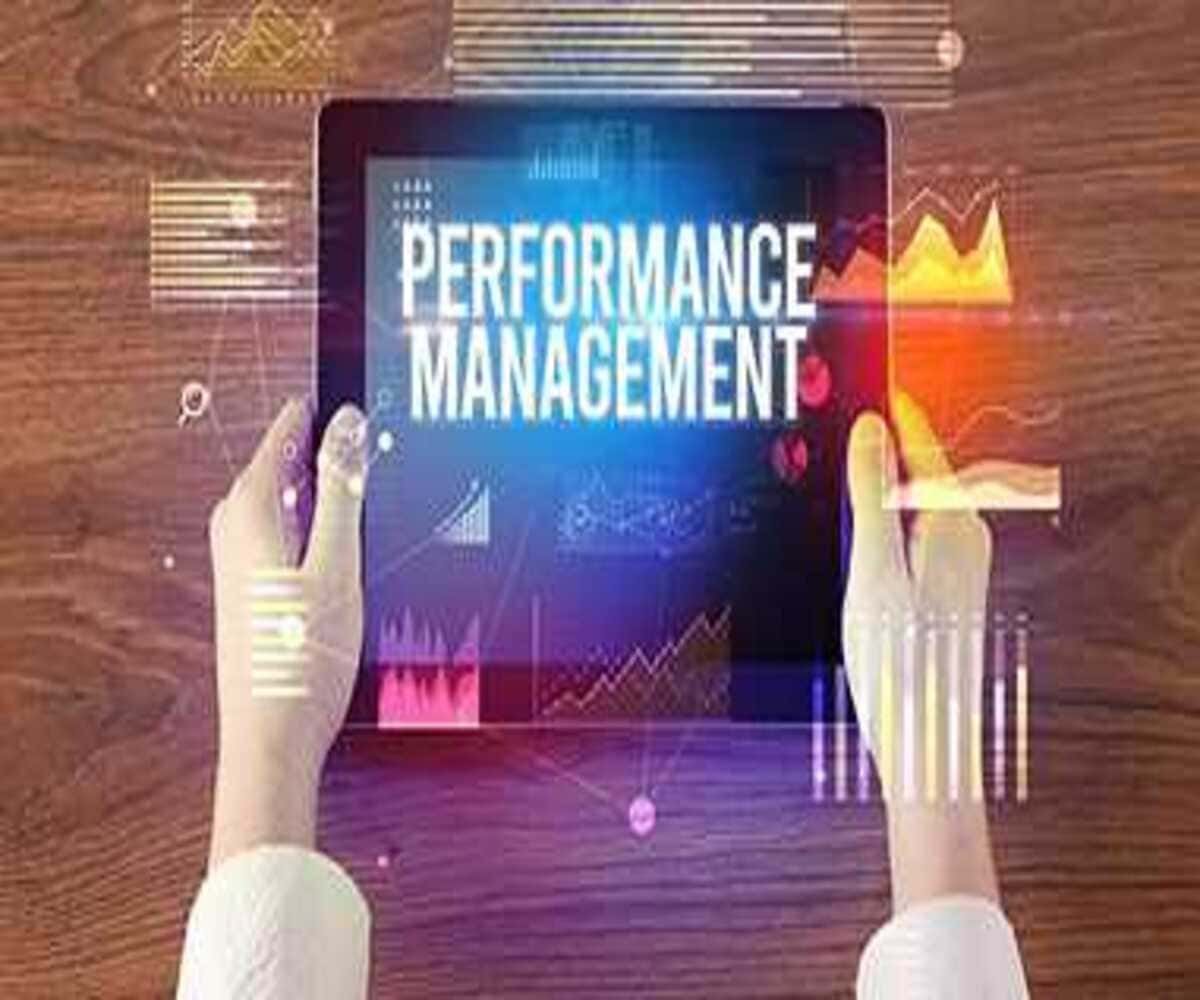Introduction to Performance Management Systems
A Performance Management System (PMS) is a structured process that helps organizations evaluate, monitor, and improve employee performance. It ensures that employees align their goals with organizational objectives, fostering productivity and business success.
At SignifyHR, we provide expert insights on Performance Management Systems, equipping HR professionals with the knowledge to design and implement effective performance strategies.
This guide explores key components, best practices, challenges, and the future of performance management in modern workplaces.
What is a Performance Management System?
A Performance Management System (PMS) is a systematic approach to:
- Setting Performance Goals – Defining clear expectations for employees.
- Monitoring and Evaluating Performance – Using feedback, assessments, and KPIs.
- Providing Continuous Development – Offering training, coaching, and mentorship.
- Recognizing and Rewarding Employees – Motivating employees through incentives.
- Aligning Employee Performance with Business Goals – Ensuring strategic success.
A well-structured PMS helps organizations boost productivity, improve employee engagement, and drive business growth.
Key Components of a Performance Management System
1. Goal Setting and Performance Planning
Effective performance management starts with setting clear and achievable goals. These goals should be:
- SMART (Specific, Measurable, Achievable, Relevant, Time-bound).
- Aligned with organizational objectives.
- Customized for different roles and teams.
2. Performance Monitoring and Continuous Feedback
Regular performance tracking ensures employees stay on the right path. HR teams use:
- Real-time feedback mechanisms.
- One-on-one check-ins and performance discussions.
- Self-assessments and peer reviews.
3. Performance Appraisal and Evaluation
Organizations assess employee performance through:
- Annual or bi-annual performance reviews.
- 360-degree feedback from peers, managers, and subordinates.
- Key Performance Indicators (KPIs) and performance metrics.
4. Employee Development and Training
To improve performance, organizations must invest in:
- Skill enhancement programs.
- Leadership development initiatives.
- Personalized coaching and mentoring.
5. Rewards, Recognition, and Compensation
Acknowledging employee contributions enhances motivation and retention. Strategies include:
- Merit-based salary increments and bonuses.
- Employee recognition programs (awards, incentives).
- Promotion and career advancement opportunities.
6. Performance Improvement Plans (PIP)
For employees who underperform, HR teams create Performance Improvement Plans (PIP) to:
- Identify performance gaps.
- Provide additional support and training.
- Set timelines for improvement.
Best Practices for an Effective Performance Management System
- Make Performance Reviews Ongoing – Move beyond annual reviews to continuous feedback.
- Use Data-Driven Performance Metrics – Leverage HR analytics to track progress.
- Encourage Employee Participation – Allow employees to set their own goals.
- Foster a Feedback-Driven Culture – Encourage open communication between managers and employees.
- Integrate Technology in Performance Management – Use digital tools and AI-driven insights.
Challenges in Implementing a Performance Management System
While performance management is essential, organizations often face these challenges:
- Lack of Managerial Commitment – Poor leadership engagement leads to ineffective performance tracking.
- Inconsistent Feedback Practices – Irregular or biased reviews reduce employee motivation.
- Employee Resistance to Feedback – Constructive criticism should be framed positively.
- Outdated Performance Metrics – Traditional appraisal methods fail to assess modern work contributions.
The Role of Technology in Performance Management
Modern organizations use technology to streamline performance management:
- AI-Powered Performance Analytics – AI-driven tools predict employee performance trends.
- Cloud-Based PMS Software – Platforms like Workday, BambooHR, and SuccessFactors automate appraisals.
- Mobile and Remote Performance Tracking – Ensuring real-time feedback for remote teams.
- Gamification in Performance Management – Using rewards and competitions to boost motivation.
Future Trends in Performance Management
The evolution of performance management is driven by new workplace demands:
- Shift from Annual Appraisals to Real-Time Feedback – Continuous performance tracking replaces yearly reviews.
- Focus on Employee Experience and Well-Being – Mental health and work-life balance are key metrics.
- Personalized Learning and Development Plans – AI-driven training recommendations enhance skill development.
- Diversity, Equity, and Inclusion (DEI) Metrics – Companies measure fairness in promotions and appraisals.
Conclusion
A Performance Management System is the backbone of employee productivity and business success. By implementing structured goal-setting, continuous feedback, and data-driven assessments, HR professionals can drive long-term organizational growth.
At SignifyHR, our Performance Management Strategies course provides HR leaders with actionable insights to build effective performance systems. Enroll today and transform your workforce!

